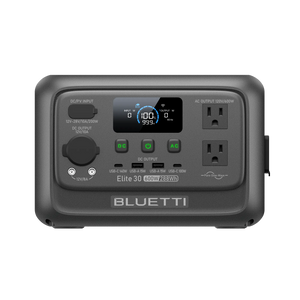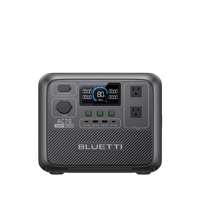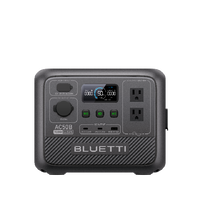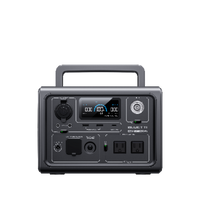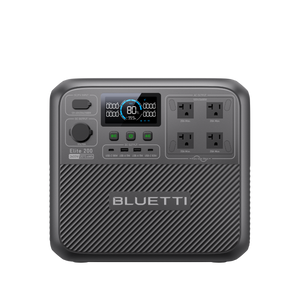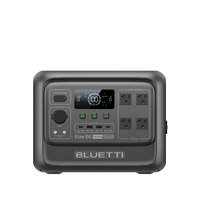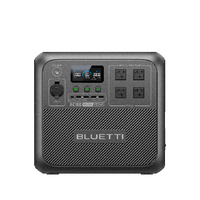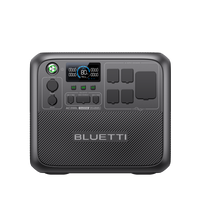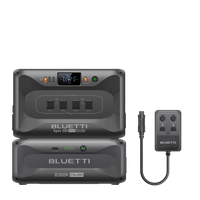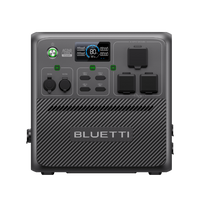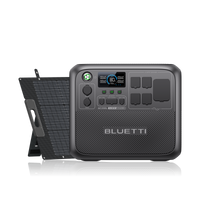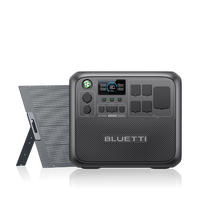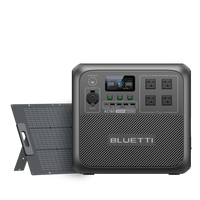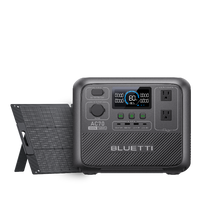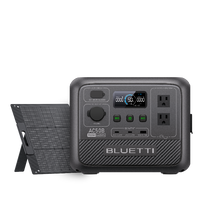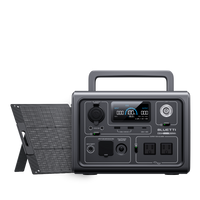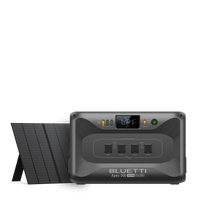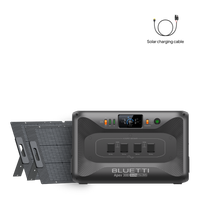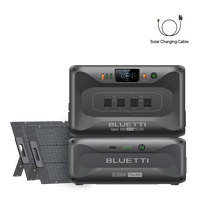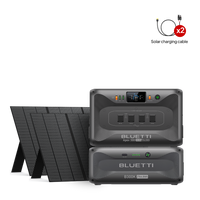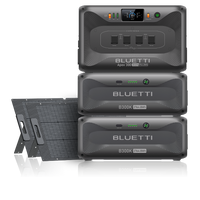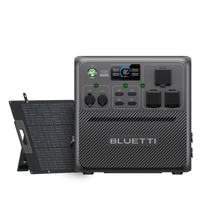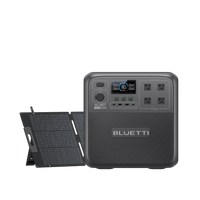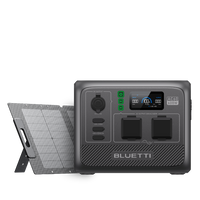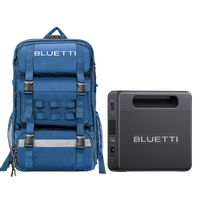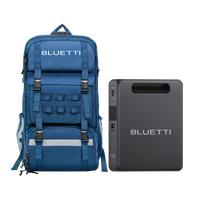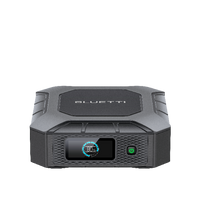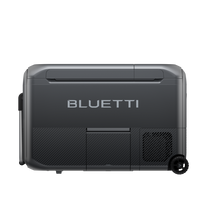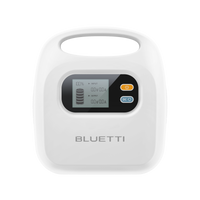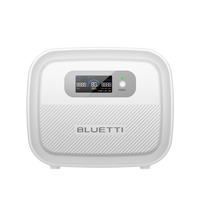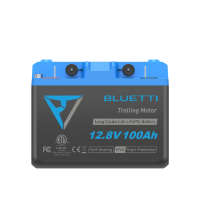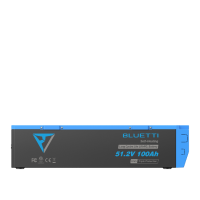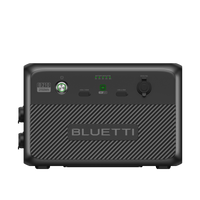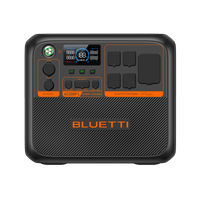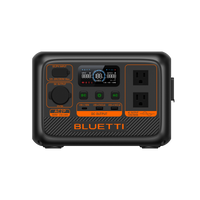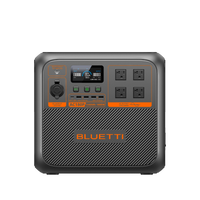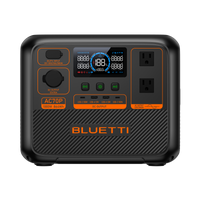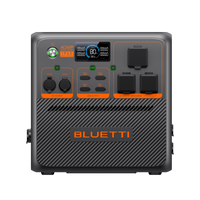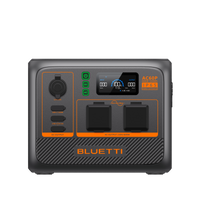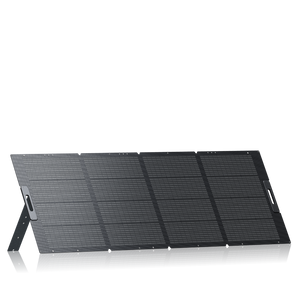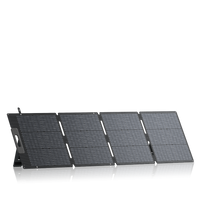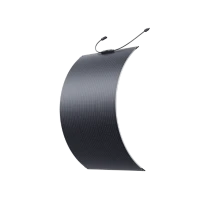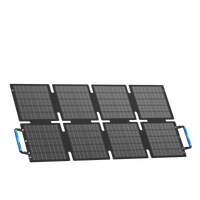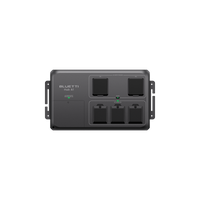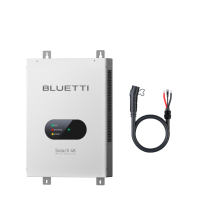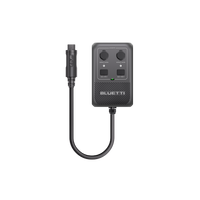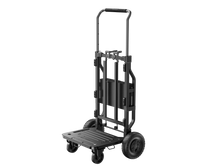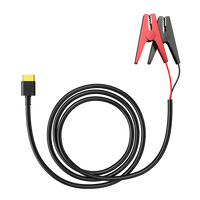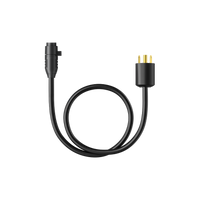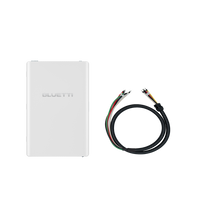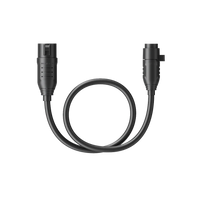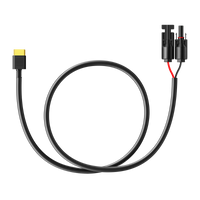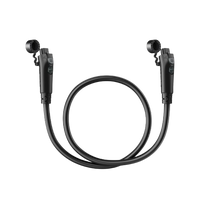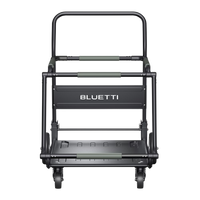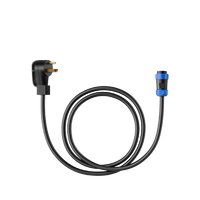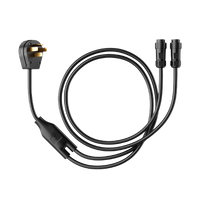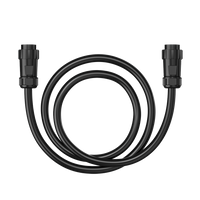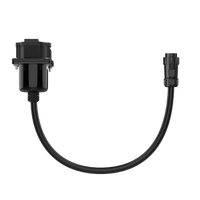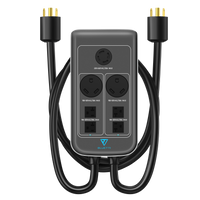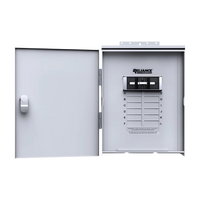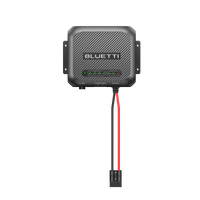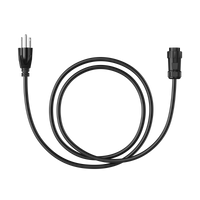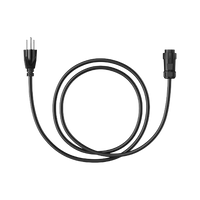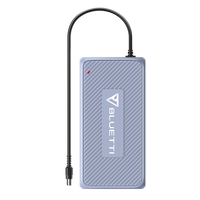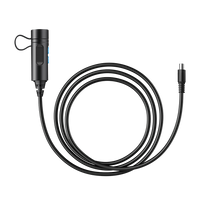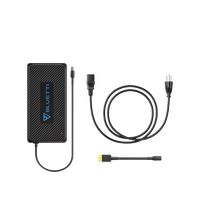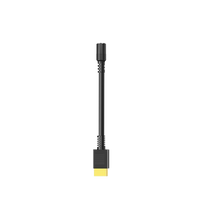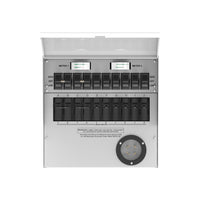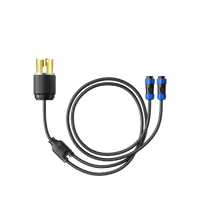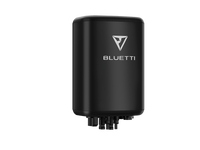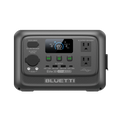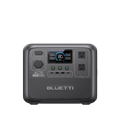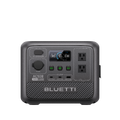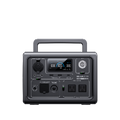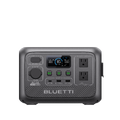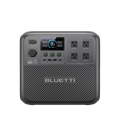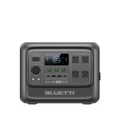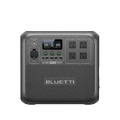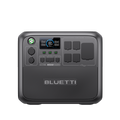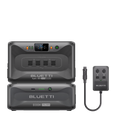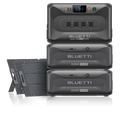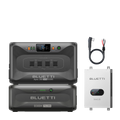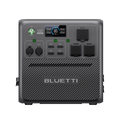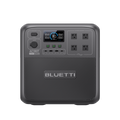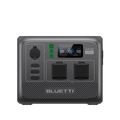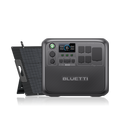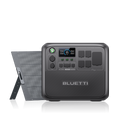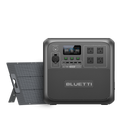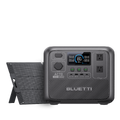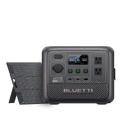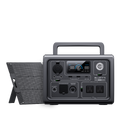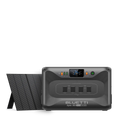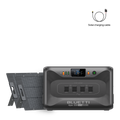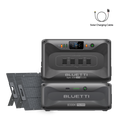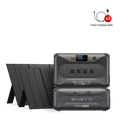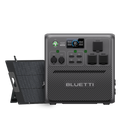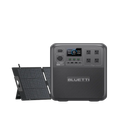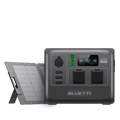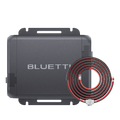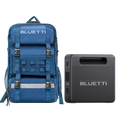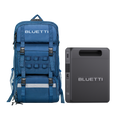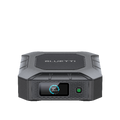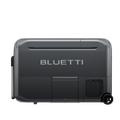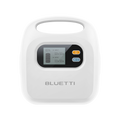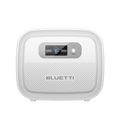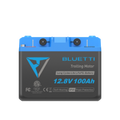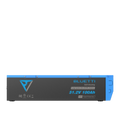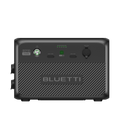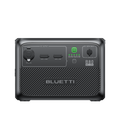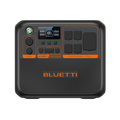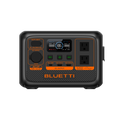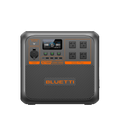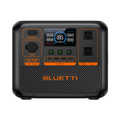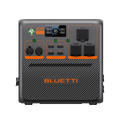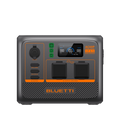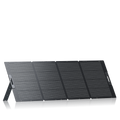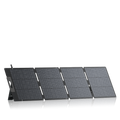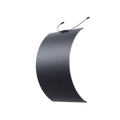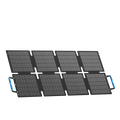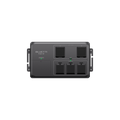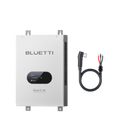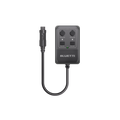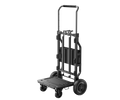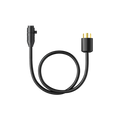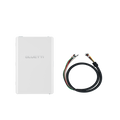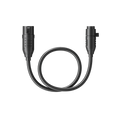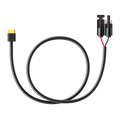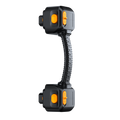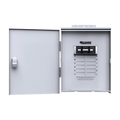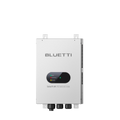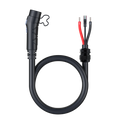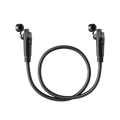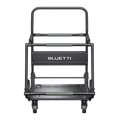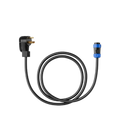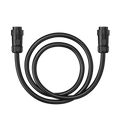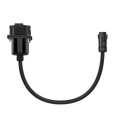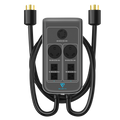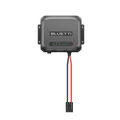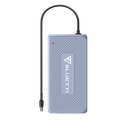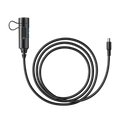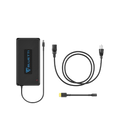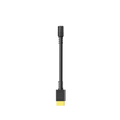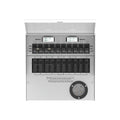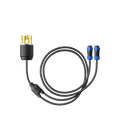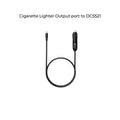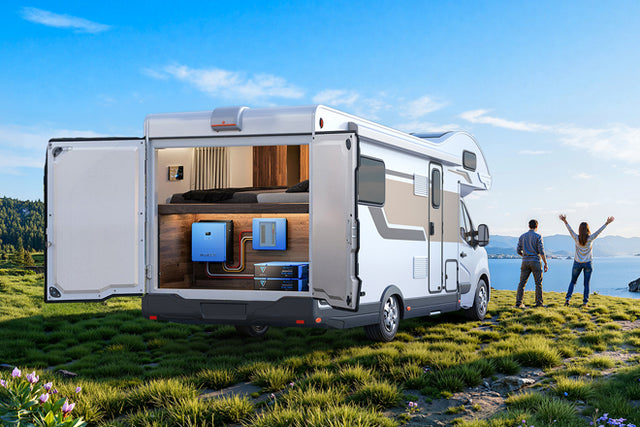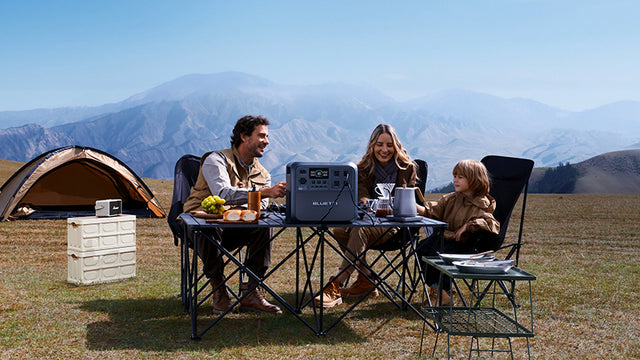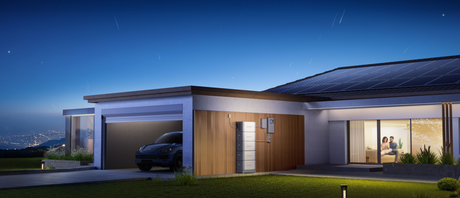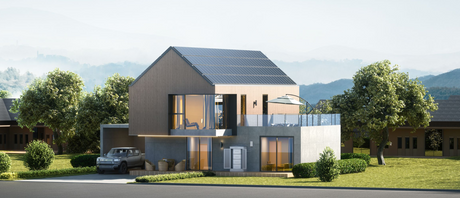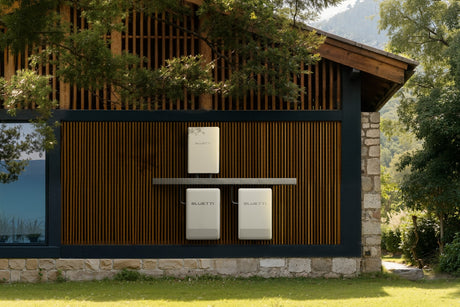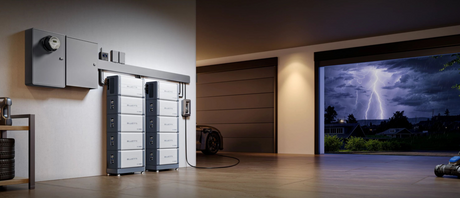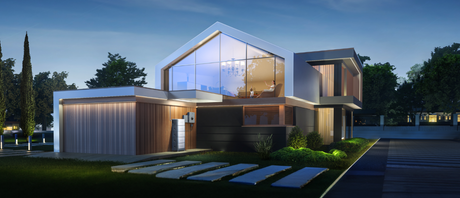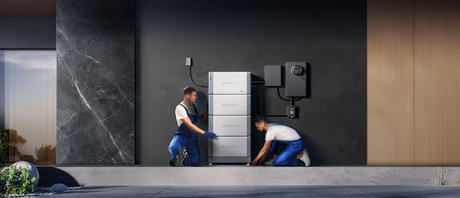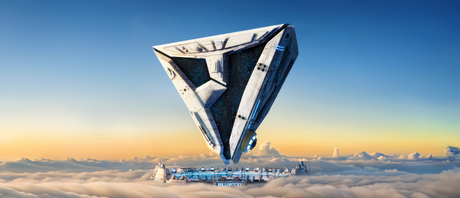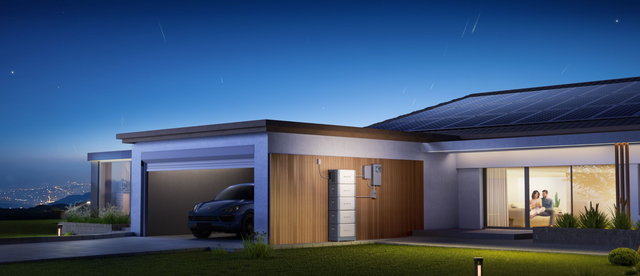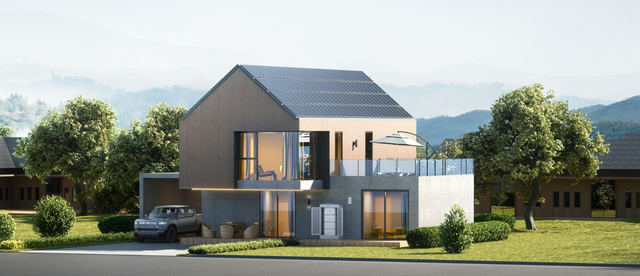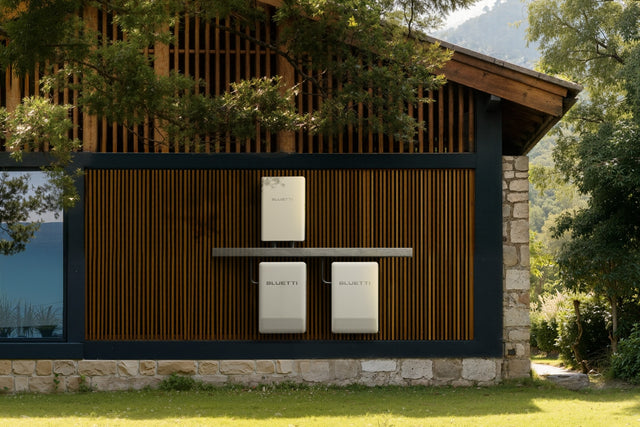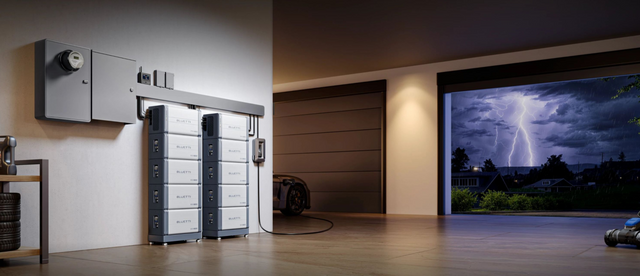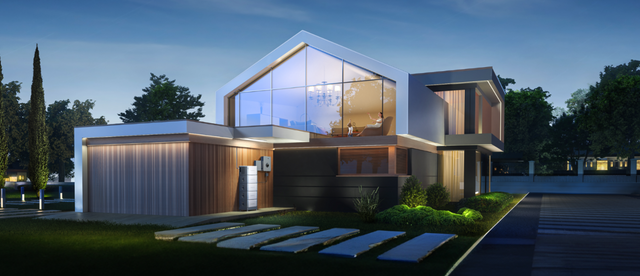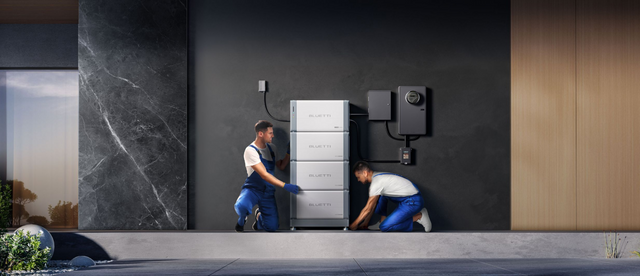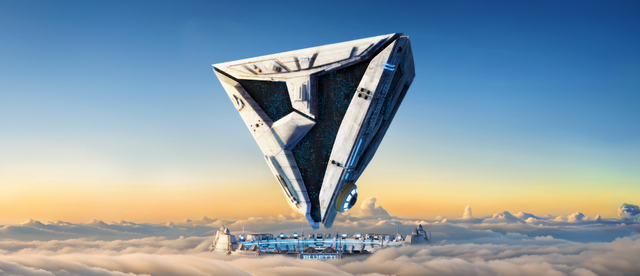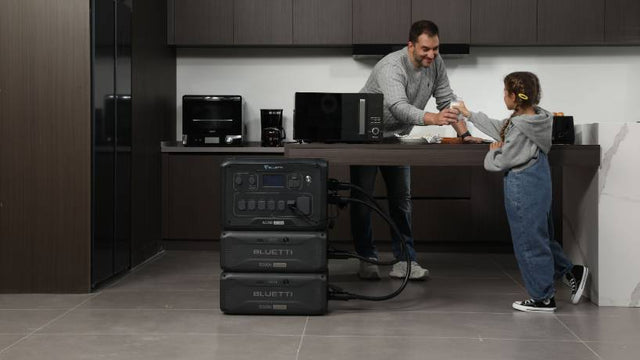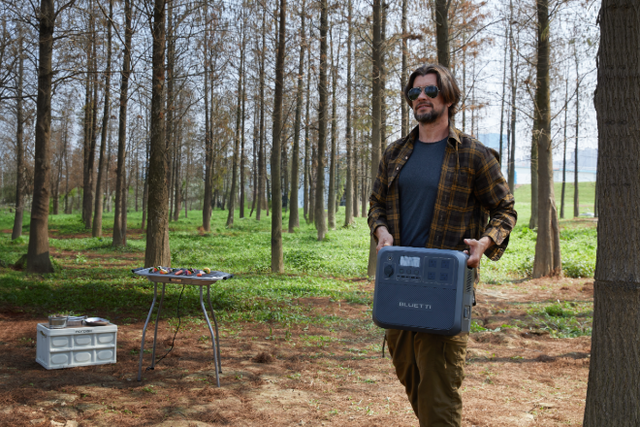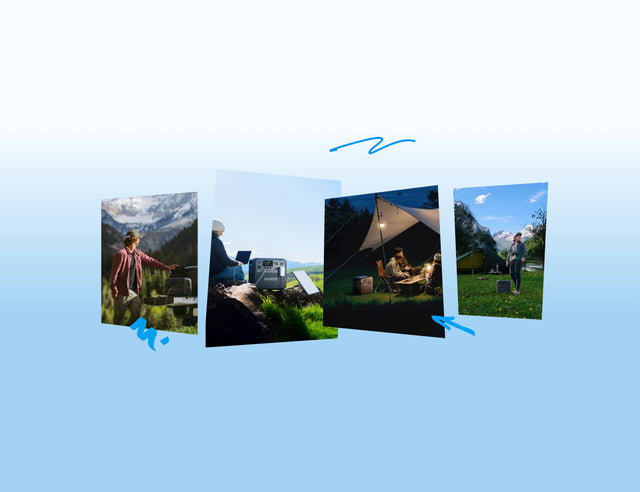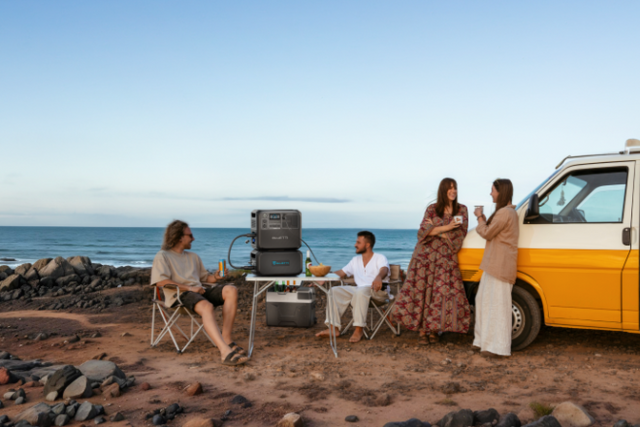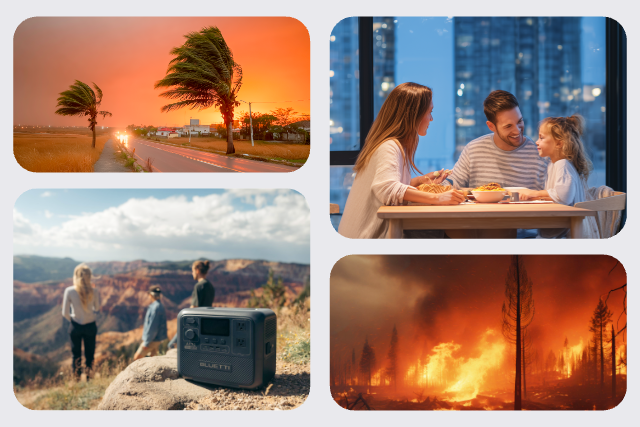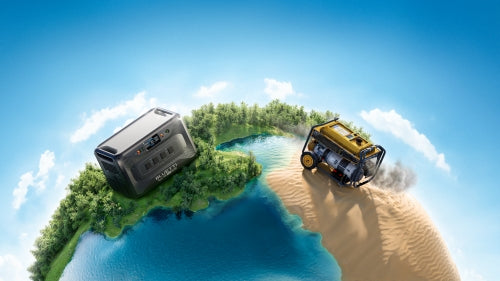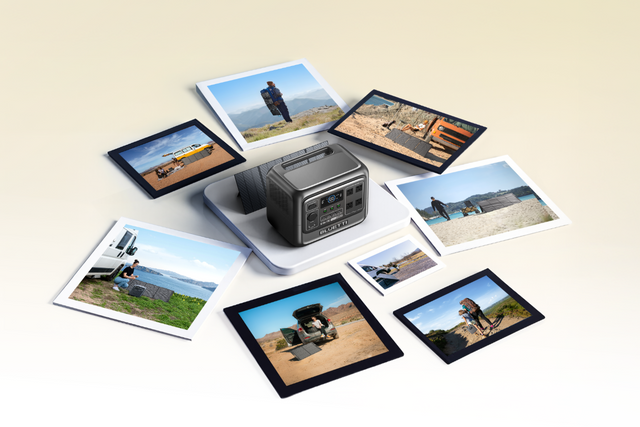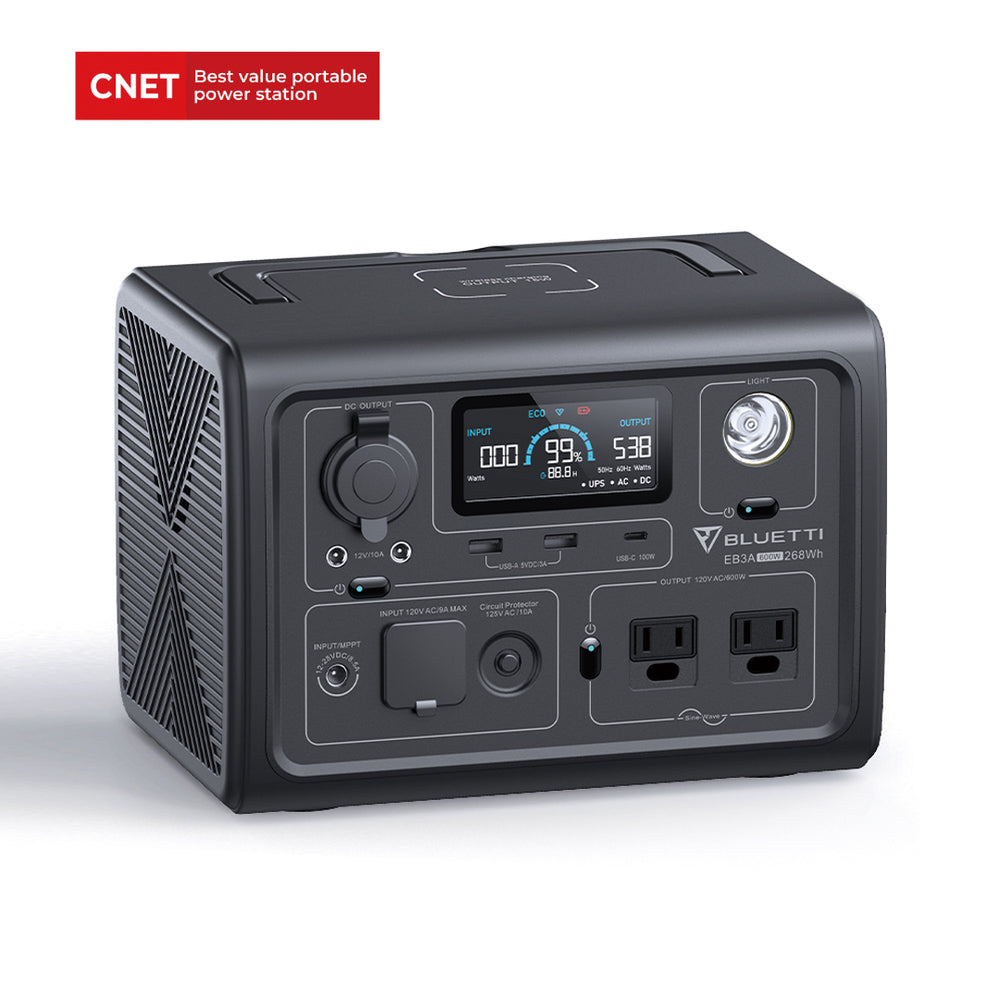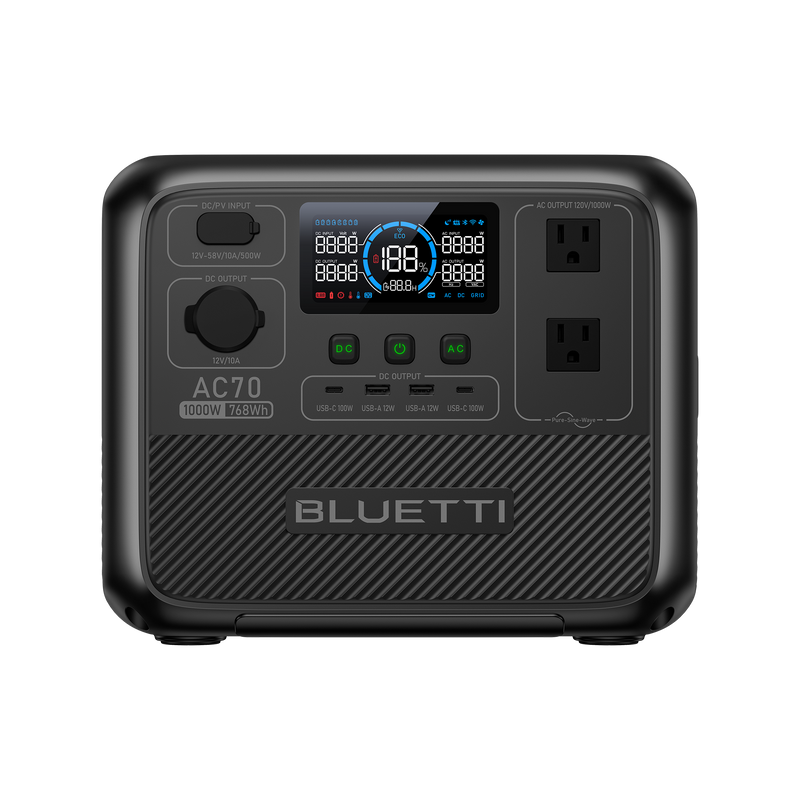Your cart is empty
Shop our productsDuring the summer months Florida's coastal waters display a spectacular bioluminescent show, which attracts numerous visitors across the globe.
The microscopic marine organisms in the water emit shimmering blue-green light when any water disturbance occurs. Water sparkles through every contact with a kayak paddle, fish splash, or natural wave movement.
Tourists and photographers across the globe seek out the Indian River Lagoon as one of the top locations to witness this natural phenomenon.
The combination of peaceful nights with comfortable ocean temperatures and diverse sea creatures makes Florida stand out as one of the premier destinations globally to witness bioluminescence.
Let’s discover!
What Is Bioluminescence?
People usually wonder about the definition of bioluminescence after hearing this word for the first time. It’s a word used to describe the natural process where organisms produce their light. In the coastal waters of Florida, it’s the microscopic plankton—known as dinoflagellates and sometimes comb jellies—that produce this type of light.
These organisms create light through a chemical reaction involving a light-emitting molecule called luciferin and an enzyme known as luciferase.
During summer, when conditions are just right, millions of these plankton gather in the shallow, warm waters of estuaries and lagoons. Placing your hand in the water or seeing a fish swim by causes the plankton to emit an electric blue-green shade that is simply spectacular.
Owing to its climate and geology, Florida is among the best places to experience bioluminescence. Long summers result in warm waters that create the perfect temperatures for dinoflagellates to thrive.
Dinoflagellates form extensive blooms in the Mosquito Lagoon and Indian River Lagoon. The plankton thrive in these slow-moving waters because waves are minimal, which allows them to accumulate in large numbers.

The comb jellies in Florida bioluminescence occur seasonally, mainly during cooler months. These marine creatures display rainbow-like pulses when touched, which creates a unique and enchanting display beneath the water surface.
The combination of still waters with warm temperatures and appropriate water nutrients in Florida allows these organisms to flourish, thus creating a magical underwater display during nighttime.
Top Places to See Bioluminescence in Florida
If you want to experience bioluminescence in Florida, you’ll want to check out Florida’s Space Coast, with the best spots being the Indian River Lagoon, Cocoa Beach, and Merritt Island. The best time to visit is between June and October.
A great place to start is Cocoa Beach, which is actually just a short drive from Orlando. You can join nighttime kayaking tours and head into the Banana River, where you’ll experience the glowing light with each stroke of the kayak paddle.
Another great hotspot is the Indian River Lagoon. The calm, warm, and shallow waters create the perfect habitat for the dinoflagellates to thrive, as well as for the comb jellies during the cooler months. This is an ideal place for night kayaking, with scenes that feel straight out of a magical wonderland.
You may also want to check out Merritt Island National Wildlife Refuge. It offers abundant wildlife during the day and an undeveloped natural shoreline, making it a perfect place for eco-tours, where you might see dolphins, manatees, and bioluminescent jellyfish at night.
Tours and Costs

The majority of the tours to view bioluminescence will be done by kayak, canoe, or even a clear-bottom kayak. Prices range from $40 to $70 per person, depending on the type of vessel and the duration.
How to Choose a Guided Tour:
You should evaluate multiple elements when selecting a tour. The level of comfort you experience should be your primary factor during the selection process. You might prefer the clear kayak or even prefer traveling alone as opposed to with a group. Smaller crowds will give you a more intimate and immersive experience.
Also, make sure that the company you are working with is providing safety gear and has guides that are knowledgeable and friendly, and they should be able to give you the latest information on the current levels of bioluminescence.

Cocoa Beach Bioluminescence Season Guide
Assuming that you are planning a trip to Cocoa Beach to see the amazing bioluminescence. So, it is important to note that timing is everything. The best time to visit is from May to October, with the peak months being June, July, and August.
Weather Matters
Weather plays a very big role in bioluminescence. Warm and humid nights with little wind are the best. The water should be still in order to see the bioluminescence well; hence, do not go on stormy or windy nights. Remember that summer rains are a common occurrence in Florida, but they usually do not last for long. Just keep an eye on the weather forecast.
Watch the Moon
To be able to see bioluminescence, it is important to visit during a new moon or moonless night when the sky is dark. The visibility of the glow becomes more pronounced when the night sky remains completely dark. During a full moon, the moonlight can wash out the bioluminescent shimmer, making it less spectacular.
What to Pack for a Bioluminescence Trip

If you are planning to go for a bioluminescence tour, it is important to make some of the right preparations so that your trip is safe, comfortable and is full of unforgettable memories. Let’s look at some of the things that you should pack and a few tips and tricks that you can use to have a good time during the trip.
Night Gear Essentials
As the sun disappears and Florida's glowing waters start to dance, you should be prepared. Bioluminescence tours take place at night; therefore, the right gear is necessary.
Start with a headlamp with a red light mode—it is good for seeing in the dark without losing night vision or disturbing the glow. Waterproof sandals or quick-dry shoes are a good idea since your feet are likely to get wet. And also do not forget to pack fast-drying clothes and a light jacket for the cooler coastal breezes.
Going for a kayak trip? A dry bag is the best thing you can have. Use it to put your phone, snacks, keys, and any other item that you do not want to get wet. It is also a good idea to carry a small towel and a change of clothes, especially if you are planning to sleep in a hotel after the tour.
Don’t Forget the Bug Spray
Florida’s coasts are beautiful, but let’s be honest—they come with bugs, especially during summer. Mosquitoes are the main culprits, and they can be relentless. Make sure to have bug spray with DEET or picaridin, and if you're extra sensitive, wear long sleeves and lightweight pants. This will help to protect your skin, so that you are not distracted—and you can enjoy the glow.
Portable Power Source
Most of the bioluminescence tours take place at night, and it is advisable to have a portable power station to keep your smartphone charged, especially if you are using it for maps, communication, or taking pictures.
If you are camping, having a solar generator means that all your essential gear, such as lights, fans, and devices, will be able to run through the night.
Photography Tips for Bioluminescence
When trying to take a photo of the glow of bioluminescence, it is a bit of a challenge, but when you succeed, it is just magic.
Smartphones may not be able to capture the bioluminescence in low-light conditions. Better results can be obtained by using a DSLR or a mirrorless camera with manual settings. A tripod is essential here—set a long exposure (10+ seconds), keep steady, and be patient. A glowing swirl of color you won’t forget.
Some night tours enable guests to rent clear-bottom kayaks, which they can combine with photography services. The experience becomes perfect because this method allows you to both enjoy the moment and easily capture its glow.
Safety Tips for Night Kayaking and Camping
The experience of kayaking during starlit hours creates an unforgettable serenity yet demands proper safety precautions. Make sure to wear a life jacket and place visible lights on your kayak so others can detect your presence. Stay with your group members while following all instructions from your guide.
Planning to camp out? Select a designated campsite while bringing sufficient water along with a first aid kit. Always notify someone about your location before departing. Proper preparation enables safe and spectacular nighttime adventures.
Why Portable Power Matters on Night Tours
Night tours often become extended events when visitors decide to spend time under the stars and camp nearby. A portable power source operates as a necessity beyond being a comfort because it functions as a vital safety tool.
A power station owned by you eliminates the need to stress about running out of battery power when experiencing magical moments.
Even better? Go solar-compatible. When you plan to spend outdoor time for several days, you can keep all your devices powered up through solar energy without generating noise or producing smoke from gas generators.
The BLUETTI portable power stations provide efficient, silent power solutions that generate no emissions whenever users need electricity. We will examine two suitable products from BLUETTI for your bioluminescence journey.
BLUETTI EB3A – Compact and Mighty

The BLUETTI EB3A is small and compact, but it packs a serious punch in terms of power output. With a 268Wh capacity and 600W output (supporting up to a 1,200W surge), you can easily charge lanterns, smartphones, and night vision gear.
It features multiple ports, including AC outlets, USB-C, USB-A, and DC output, and even comes with a 15W wireless charging pad, so you can charge several devices at once. No more wasting time charging one item at a time.
And at under 10 lbs., this lightweight portable power station is easy to carry, making it the perfect companion for a bioluminescent adventure.
BLUETTI AC70 – Versatile and Powerful

Now, if you’re looking for a little more power for your devices, check out the BLUETTI AC70. It delivers 1,000W of output with a 768Wh capacity, and a 2,000W surge rating—making it ideal for camping alongside bioluminescent waters.
The AC70 features up to 7 different output ports, perfect for charging phones, lanterns, and powering larger devices like heated clothing or larger fans.
And at just 22.5 lbs., it's still compact and portable enough to bring along on a kayak or canoe during your bioluminescence excursion.
Choosing the Right Model
| Use Case | Go With | Why |
|---|---|---|
| Solo or tandem night kayaking | EB3A | Compact, lightweight, fast-charging, and enough power for essentials |
| Group camping/tour operator | AC70 | Greater capacity, multiple devices, silent UPS backup, long lifespan |
Eco-Friendly & Quiet Advantage
Both the EB3A and AC70 use LiFePO₄ battery tech, which means they’re non-toxic, stable, and last longer than standard lithium batteries. Better yet, they’re whisper-quiet, so you won’t disturb the peaceful vibe of the water or its glowing residents.
These power stations are not just useful—they’re part of the experience. They let you focus on what matters: the wonder of nature.
Conclusion
There’s nothing quite like floating through a glowing lagoon under a starry sky. Florida’s bioluminescence offers a front-row seat to one of nature’s most magical shows—and with the right gear and power backup, you’ll be free to enjoy every second. So, check the moon phase, grab your camera, and pack smart. With a little planning—and maybe a BLUETTI in your dry bag—you’re in for an unforgettable night on the water.
Shop products from this article
You May Also Like

Living Off the Grid: Beginner’s Guide to Off-Grid Homes


